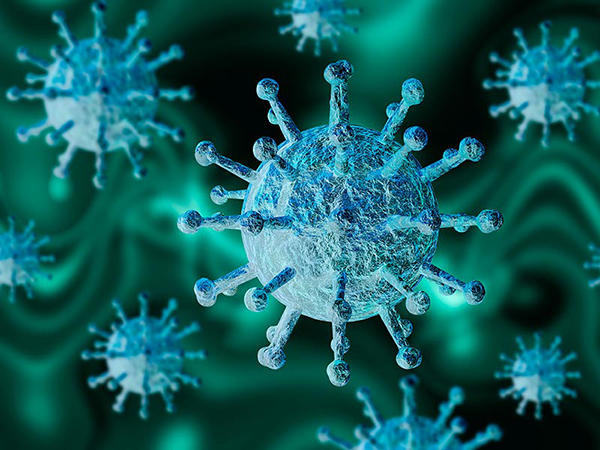What is coronavirus?
The 2019 novel coronavirus (COVID-19) is a new respiratory disease that was first identified in Wuhan, Hubei Province, China in December 2019. Additional information can be found at the CDC website.
Why bring the new coronavirus to the Tulane National Primate Research Center (TNPRC)?
Because of our proven track record and unique capabilities and capacities in infectious disease research and biosafety, the TNPRC is one of the few institutions in the country that will be allowed to receive and conduct research on COVID-19. Our vast experience and success in infectious disease research, world-renowned scientists and state-of-the art facilities make this possible. Using lab samples of pathogens to research vaccines and treatments for diseases that threaten humans has been the mission of the Tulane National Primate Research Center for more than a half century.
It is a rare privilege to be part of the initial response to a global health emergency such as this, where the quality and novelty of our work has real-time consequence. This is what we are here to do.
Where will the actual research take place?
This research will be conducted in the TNRPC’s federally approved Regional Biocontainment Laboratory (RBL). It is one of only a handful of laboratories throughout the country built to handle an emerging pathogen like 2019-nCoV. Biosafety level 3 (BSL-3) and animal biosafety level 3 (ABSL-3) facilities such as the RBL operate under the highest, most stringent safety and quality standards.
What if a researcher catches the virus from a sample he/she is working on and infects others?
The TNPRC has one of the top biosafety programs in the country designed to prevent any such incident. The center’s facilities and safety protocols are regularly inspected by the Centers for Disease Control and Prevention and the United States Department of Agriculture. The most recent site visit by officials from the CDC/USDA resulted in “zero findings” of any deficiencies in our biosafety program – a rare achievement for any research program. TNPRC’s biosafety program is a model for research centers around the country.
The TNPRC also has a comprehensive occupational health and safety program led by a Tulane infectious disease physician that will monitor all individuals involved in experimental use of the agent. There are standard operating procedures in place that outline proper response of medical staff in the unlikely case of exposure. The Louisiana Department of Health and Hospitals is in contact with the physician administering the occupational health program and will work in concert if potential exposures occur.
Wasn’t there an outbreak of a dangerous pathogen at the Primate Research Center a few years ago?
In 2015, Burkholderia pseudomallei, a bacterium that is found in the soil in many parts of the world and can cause melioidosis, a potentially fatal disease, traveled from a Tulane National Primate Research Center (TNPRC) lab to the center’s outdoor breeding colony. While the bacterium infected several non-human primates in the breeding colony, investigations led by the Centers for Disease Control and Prevention and the United States Department of Agriculture found no evidence that the organism was released into the surrounding environment or was a threat to the general population.
Since that time, Tulane has rebuilt and enhanced a biosafety program led by Angela Birnbaum, MPH, a national biosafety expert and nationally certified professional in biosafety. Program areas deemed to need improvement by the Centers for Disease Control and Prevention and the United States Department of Agriculture were restructured and enhanced to meet the most stringent and safest biosafety and biosecurity standards for BSL-3 and ABSL-3 laboratories.
A lot of people live near the Primate Research Center and there is a school nearby. What are you doing to keep the public safe and informed?
The lab samples of the novel coronavirus are contained within the RBL BSL-3 laboratories and are handled by highly trained scientists, technicians and leading biosafety experts. As such, the virus presents no increased threat to the general public. The TNPRC works with high consequence pathogens regularly and safely in order to advance scientific understanding of how we can better protect the public. In doing so, we have established the highest level of safety protocols. The center’s biosafety director is also an active member of the local emergency response board with whom the TNPRC has formed a collaborative partnership dedicated to ensuring community safety, protection and rapid response in case of an incident. The TNPRC also meets regularly with the local business leaders, government officials, school leaders and community members through the Community Advisory Board, keeping them informed of TNPRC activities.

